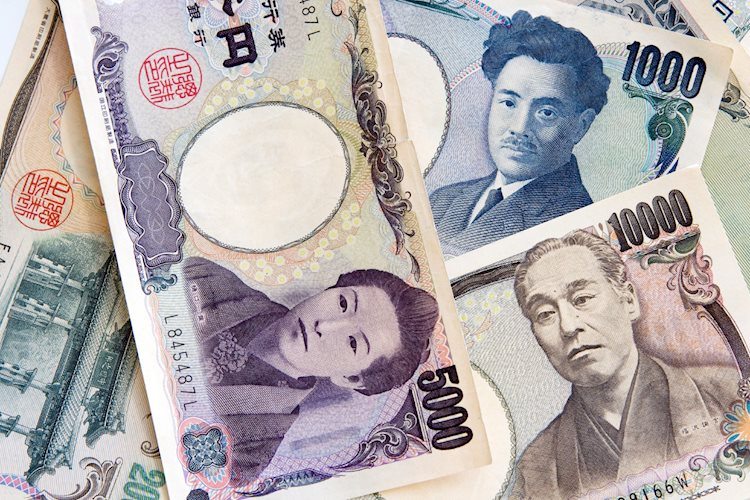The Japanese Yen (JPY) dropped to a two-month low against the USD due to uncertainty surrounding the Bank of Japan (BoJ) rate-hike plans, prompting profit-taking around the USD/JPY pair. Rising bets for a 25 bps Fed rate cut move in November are expected to limit losses for the USD and spot prices. The JPY recovered slightly from its low, touching the 149.00 mark during the European session after the Producer Price Index (PPI) in Japan remained unchanged in September. On the other hand, the US Dollar consolidated its gains to an eight-week high ahead of the release of the US consumer inflation figures, causing traders to lighten their bullish bets around the USD/JPY pair.
According to data released on Tuesday, Japan’s real wages fell in August after two months of gains, raising doubts about the strength of private consumption and the economic recovery. Comments by Japan’s Prime Minister and uncertainty over the BoJ rate hike plans have also weighed on the Japanese Yen. However, the Producer Price Index in Japan remained steady in September, offering some support to the JPY. The US Dollar climbed to its highest level since August 16 after the FOMC minutes showed some policymakers preferred only a 25 bps rate reduction amid elevated inflation. Market participants are now pricing in a greater chance of a 25 bps rate cut by the Fed in November.
Technical analysis suggests that the USD/JPY pair is likely to attract dip-buyers near the horizontal support level of 148.70-148.65. With positive traction on the daily chart, the pair could move upwards towards the 150.00 psychological mark. However, a slide below the 149.00 mark could attract buyers near the 148.70-148.65 region, limiting the downside for the pair. Economic indicators, such as the Consumer Price Index (CPI) due to be released, will influence market expectations about the Fed’s rate-cut path and drive the USD/JPY pair.
The Consumer Price Index (CPI) measures inflationary or deflationary tendencies by summing the prices of a basket of representative goods and services. CPI data is compiled monthly and released by the US Department of Labor Statistics, with the YoY reading comparing prices to the same month a year earlier. A high CPI reading is seen as bullish for the USD, while a low reading is bearish. Overall, the uncertainty surrounding the BoJ rate hike plans, along with economic indicators like the CPI, will play a crucial role in determining the future movements of the USD/JPY pair.











